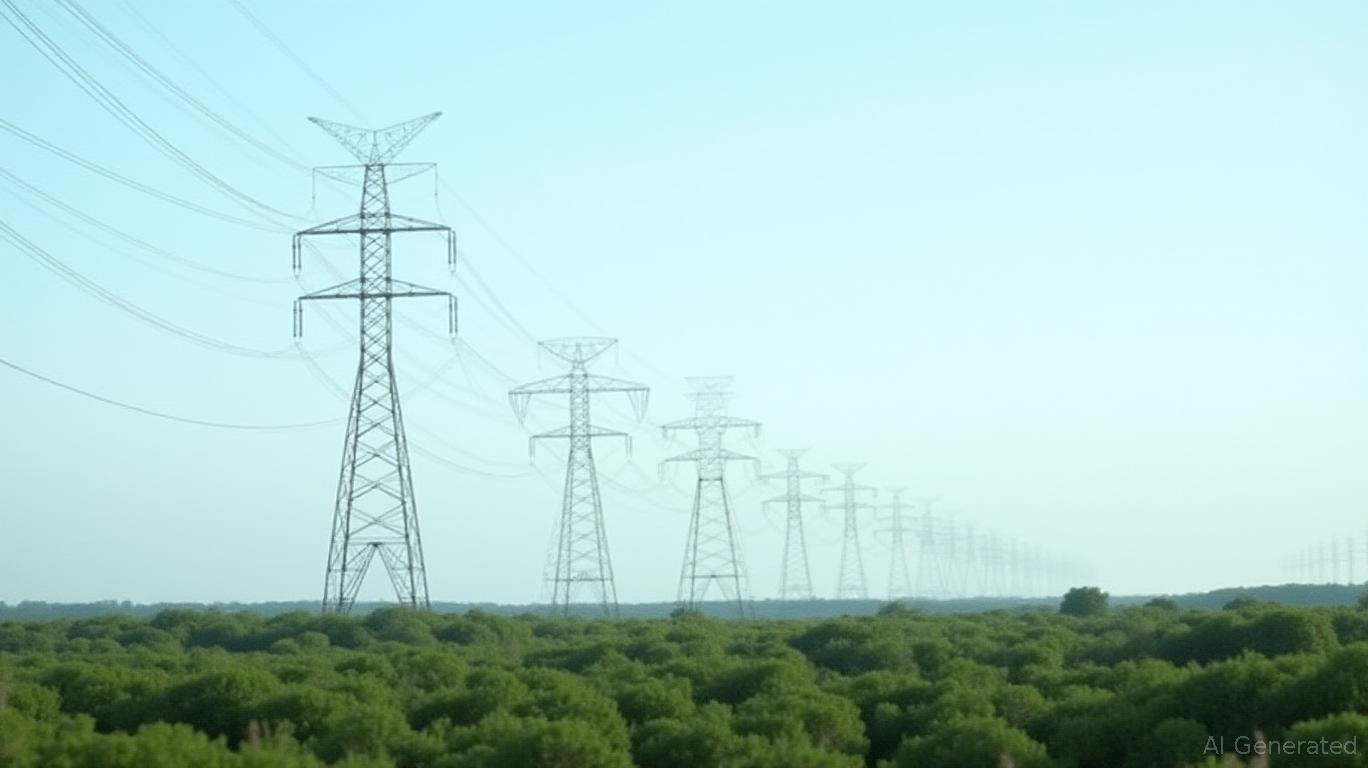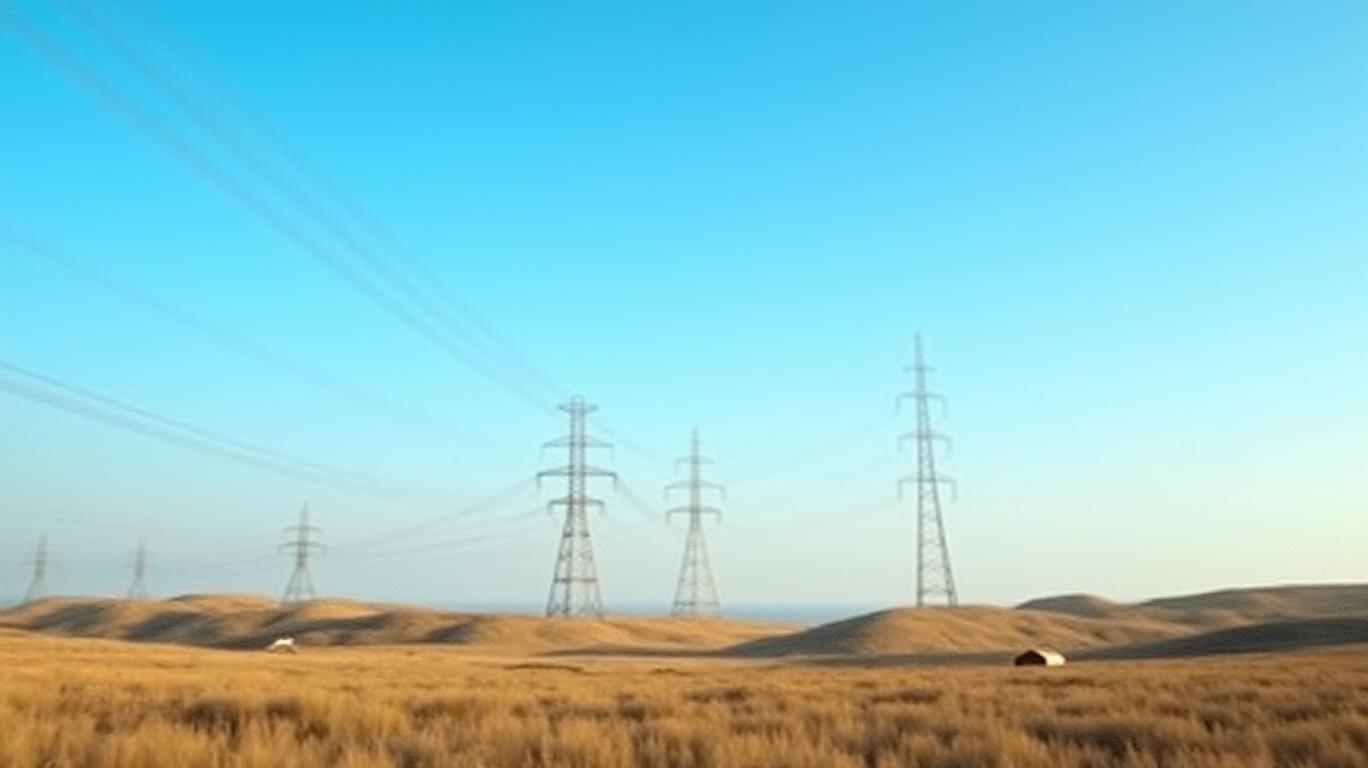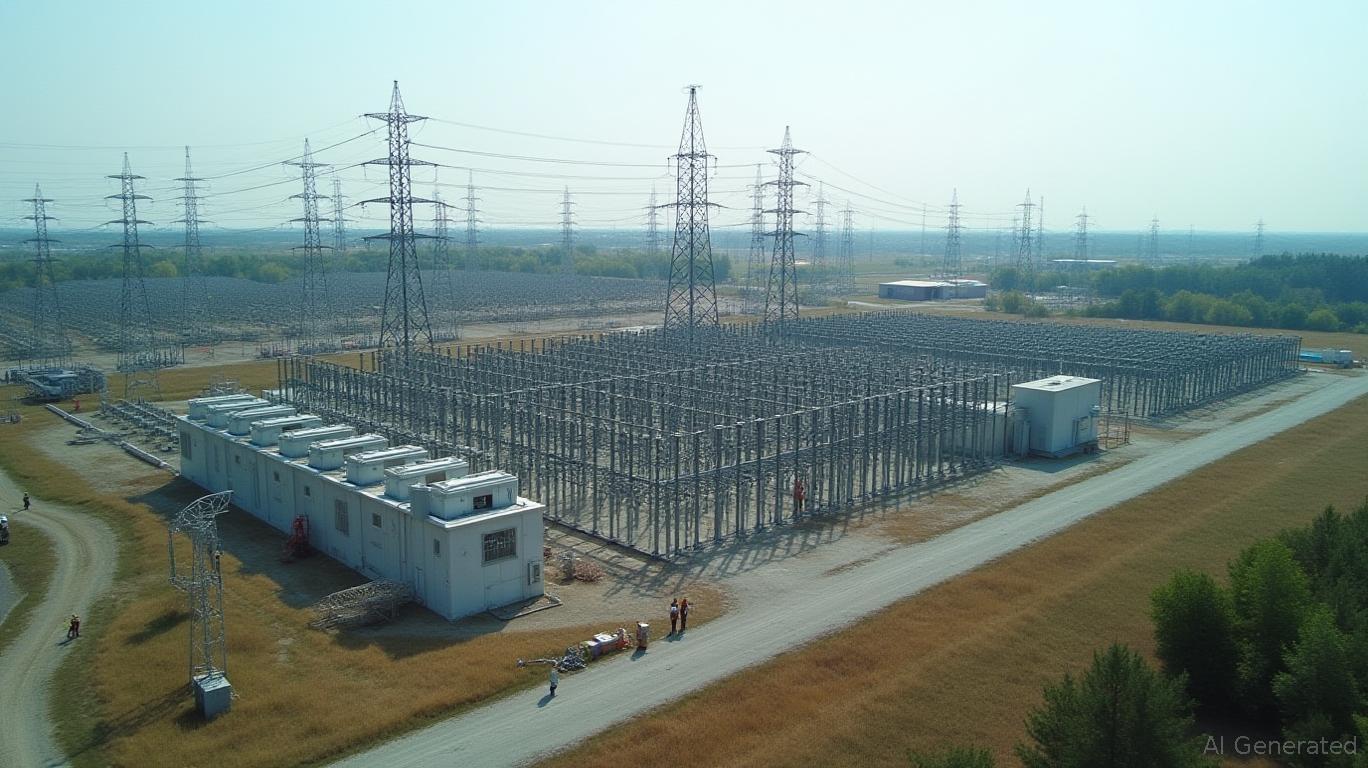Hydro One’s Q1 Results: A Steady Hand in a Volatile Energy Landscape
Hydro One Limited, Ontario’s largest electricity transmission and distribution company, is set to release its first-quarter 2025 financial results on May 8, 2025. The report comes amid a backdrop of rising interest rates, regulatory uncertainties, and evolving energy demands, making it a critical touchpoint for investors seeking clarity on the utility’s resilience and growth trajectory. Here’s what to watch for and why it matters.

Key Takeaways from the Q1 Outlook
- EPS Growth Signals Operational Strength: Analysts project an EPS of $0.54 for Q1 2025, a 10% increase from the $0.49 reported in the same quarter of 2024. This marks the second consecutive quarter of year-over-year growth, with Q4 2024 net income rising 10.5% year-on-year. Such consistency suggests effective cost management and execution against strategic priorities.
- Safety and Customer Satisfaction at Record Levels: In 2024, Hydro One achieved a recordable injury rate of 0.55 per 200,000 hours—well below the 1.0 world-class benchmark—and improved customer satisfaction scores to 88% for residential/small business customers and 85% for commercial/industrial clients. These metrics are not just indicators of operational efficiency but also critical for maintaining regulatory favor and public trust.
- Capital Allocation Prioritizes Growth: The company invested $3.1 billion in 2024 in transmission and distribution networks, including the completion of the Chatham by Lakeshore Transmission project ahead of schedule. Strategic investments like its 48% stake in the East West Tie transmission line are expected to drive its long-term EPS guidance of $2.15–$2.37 by 2027, up from prior forecasts.
The Challenges Ahead
Despite these positives, Hydro One faces headwinds that could test its growth narrative:
- Tariff Uncertainties: Regulators in Ontario continue to scrutinize utility pricing, with pending decisions on rate adjustments that could impact revenue stability.
- Rising Interest Costs: With over $25 billion in debt, rising borrowing costs are squeezing profit margins. Depreciation expenses, now at $900 million annually, further pressure cash flows.
- Competitive Pressures: As renewable energy adoption accelerates, Hydro One must balance grid modernization with the need to serve decentralized energy producers, a complex and costly transition.
Why Investors Should Pay Attention
The Q1 report will shed light on how management is addressing these challenges. The May 8 teleconference will likely emphasize progress on cost-saving initiatives—such as the $150 million in productivity savings achieved in 2024—and updates on regulatory approvals for key projects.
Long-term investors should also note Hydro One’s dividend discipline, with a $0.3142 per share dividend maintained in Q1 2025. This underscores management’s focus on returning value to shareholders while balancing growth investments.
Conclusion: A Hold with Upside Potential
Hydro One’s Q1 results are likely to affirm its status as a defensive utility play, offering stability in a volatile market. The 10% EPS growth and record operational metrics position it well to navigate near-term challenges. However, the “Hold” consensus from analysts reflects lingering concerns over regulatory and interest-rate risks.
Crucially, the company’s $2.15–$2.37 2027 EPS target hinges on executing its capital plan and securing favorable regulatory outcomes. If Hydro One can demonstrate progress on these fronts, its stock could outperform peers. For now, the Hold rating remains justified, but investors should monitor Q1’s guidance updates closely.
In a sector where infrastructure resilience and regulatory alignment are paramount, Hydro One’s Q1 results will be a litmus test for its ability to balance growth, cost control, and stakeholder expectations. The stakes—both financial and operational—are high.


_442a2dcc1749832873286.jpeg)
_e68fac6d1749831664430.jpeg)





